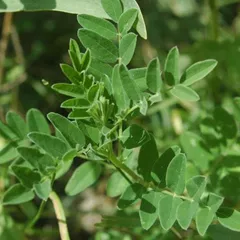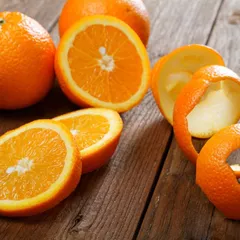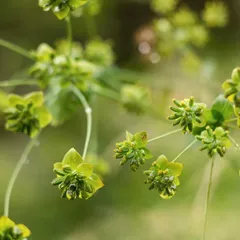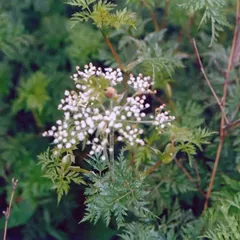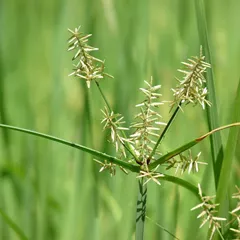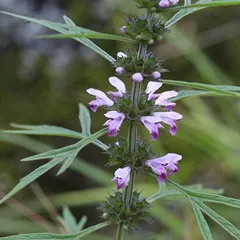Wan Dai Tang
Wan Dai Tang
Chinese: 完带汤
Pinyin: Wán Dài Tāng
Other names: End Discharge Decoction, Ending Vaginal Discharge Decoction
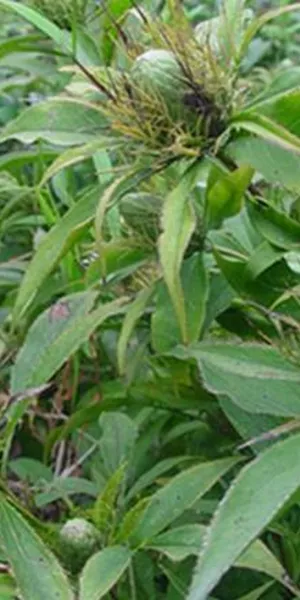
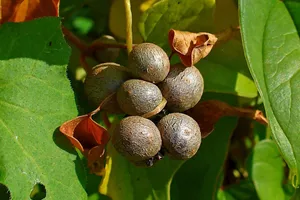
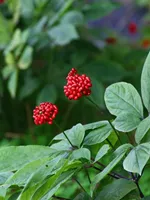
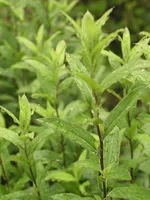




Wan Dai Tang
Wan Dai Tang
Chinese: 完带汤
Pinyin: Wán Dài Tāng
Other names: End Discharge Decoction, Ending Vaginal Discharge Decoction
Number of ingredients: 10 herbs
Formula category: Formulas that secure irregular uterine bleeding and stop vaginal discharge
Conditions for which it may be prescribed: ColitisTinnitusRhinitis and eleven other conditions
- Tonifies the Middle Burner
- Removes Dampness
- Stops vaginal discharge
- Strengthens the Spleen
Contraindications: Contraindicated for patients with sticky, dark yellow, bloody and foul smelling... Contraindicated for patients with sticky, dark yellow, bloody and foul smelling vaginal discharge as well as yellow tongue coating and a wiry pulse. Contraindicated for patients with Liver Heat or Liver Damp Heat. see more
Source date: 1826 AD
Source book: Fu Qing Zhu's Gynecology
The information provided here is not a replacement for a doctor. You shouldn't use it for the purpose of self-diagnosing or self-medicating but rather so you can have a more informed discussion with a professional TCM practitioner.
Wan Dai Tang is a 10-ingredient Chinese Medicine formula with Atractylodes Rhizomes (Bai Zhu) and Yam (Shan Yao) as principal ingredients.
Invented in 1826 AD, it belongs to the category of formulas that secure irregular uterine bleeding and stop vaginal discharge. Its main actions are: 1) tonifies the Middle Burner and 2) removes Dampness.
In Chinese Medicine health conditions are thought to arise due to "disharmonies" in the body as a system. These disharmonies are called "patterns" and the very purpose of herbal formulas is to fight them in order to restore the body's harmony.
In this case Wan Dai Tang is used by TCM practitioners to fight patterns like Damp-Phlegm in the Uterus or Spleen Deficiency. From a Western Medicine standpoint, such patterns can give rise to a range of conditions such as abnormal vaginal discharge, preeclampsia or otitis media for instance.
On this page, after a detailed description of each of the ten ingredients in Wan Dai Tang, we review the patterns and conditions that Wan Dai Tang helps treat.
The ten ingredients in Wan Dai Tang
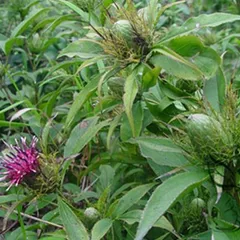
Bai Zhu is a king ingredient in Wan Dai Tang. Like the name indicates, it means it has more power than other ingredients in the formula.
1. Atractylodes Rhizomes (Bai Zhu)
Part used: Dried rhizome
Nature: Warm
Meridian affinity: SpleenStomach
Category: Tonic herbs for Qi Deficiency
Bai Zhu strengthens the Spleen, tonifies Qi, removes Dampness, and builds up the Essence. Bai Zhu and Shan Yao (Yam) work collaboratively. They enters the extraordinary Vessels and support the Girdle Vessel in securing the Channels.
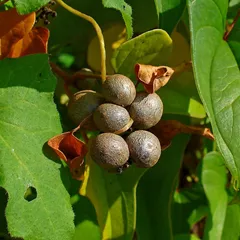
Shan Yao is a king ingredient in Wan Dai Tang. Like the name indicates, it means it has more power than other ingredients in the formula.
2. Yam (Shan Yao)
Part used: Dried rhizome
Nature: Neutral
Taste(s): Sweet
Meridian affinity: KidneyLungSpleen
Category: Tonic herbs for Qi Deficiency
Shan Yao strengthens the Spleen, tonifies Qi, removes Dampness, and builds up the Essence. It works collaboratively with Bai Zhu to support the Girdle Vessel in securing the Channels.
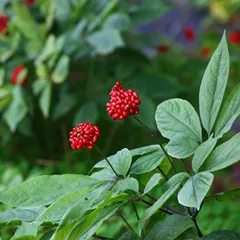
Ren Shen is a deputy ingredient in Wan Dai Tang. This means it helps the king ingredient(s) treat the main pattern or it serves to treat a coexisting pattern.
3. Ginseng (Ren Shen)
Part used: Dried root
Nature: Warm
Meridian affinity: HeartLungSpleen
Category: Tonic herbs for Qi Deficiency
In general Ren Shen's main actions are as follows: "Very strongly tonifies the Qi. Tonifies the Lungs and Spleen. Assists the body in the secretion of Fluids and stops thirst. Strengthens the Heart and calms the Shen (mind/spirit)."
In the context of Wan Dai Tang, it is used because it strongly tonifies Qi and strengthens the Spleen.
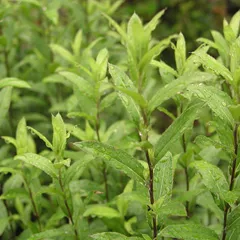
Cang Zhu is a deputy ingredient in Wan Dai Tang. This means it helps the king ingredient(s) treat the main pattern or it serves to treat a coexisting pattern.
4. Black Atractylodes Rhizomes (Cang Zhu)
Part used: The dried rhizome
Nature: Warm
Meridian affinity: SpleenStomach
Category: Aromatic herbs that transform Dampness
In general Cang Zhu's main actions are as follows: "Dries Damp and tonifies the Spleen. Relieves the Exterior for invasion of Wind-Cold-Damp. Relieves Wind-Damp painful obstruction. Dries Damp for either Damp-Cold or Damp-Heat when combined with the correct herbs. Clears the eyes and improves sight."
In the context of Wan Dai Tang, it is used because it is very effective in removing Dampness.
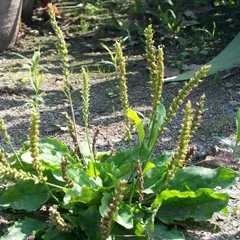
Che Qian Zi is a deputy ingredient in Wan Dai Tang. This means it helps the king ingredient(s) treat the main pattern or it serves to treat a coexisting pattern.
5. Plantain Seeds (Che Qian Zi)
Part used: Dried ripe seeds
Nature: Cool
Taste(s): Sweet
Meridian affinity: KidneyLiverLungSmall intestine
Category: Herbs that drain Dampness
In general Che Qian Zi's main actions are as follows: "Encourages urination and clears Heat. Stops diarrhea by expelling water through urination. Brightens the eyes, used in combination either for Deficiency or Heat. Reduces inflammation of infections. Arrests cough and expectorates Phlegm."
In the context of Wan Dai Tang, it is used because it releases Dampness through the urine. It should be wine fried.
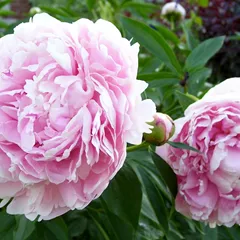
Bai Shao is a deputy ingredient in Wan Dai Tang. This means it helps the king ingredient(s) treat the main pattern or it serves to treat a coexisting pattern.
6. White Peony Roots (Bai Shao)
Part used: Dried root
Nature: Neutral
Meridian affinity: LiverSpleen
Category: Tonic herbs for Blood Deficiency
Bai Shao softens the Liver and regulates the Spleen. It allows the Liver Qi to spread in a manner that it strengthens rather than constrains Spleen function.
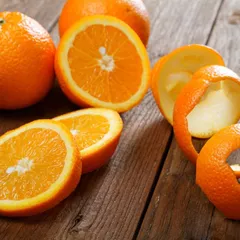
Chen Pi is an assistant ingredient in Wan Dai Tang. This means that it either serves to reinforces the effect of other ingredients or it moderates their toxicity.
7. Tangerine Peel (Chen Pi)
In general Chen Pi's main actions are as follows: "Warms the Spleen and regulates the Middle Burner Qi. Dries Dampness and disperses Phlegm from the Lungs and Middle Burner. Reduces the potential for Stagnation caused by tonifying herbs."
In the context of Wan Dai Tang, it is used because it moves and regulates the Spleen Qi to ensure that the tonifying function will not cause Stagnation.
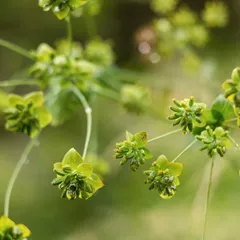
Chai Hu is an assistant ingredient in Wan Dai Tang. This means that it either serves to reinforces the effect of other ingredients or it moderates their toxicity.
8. Bupleurum Roots (Chai Hu)
Chai Hu works with other herbs in tonifying Qi and facilitates rising clear Yang. It also assists Spleen function and balances the downward-moving nature of these herbs that releases Dampness.
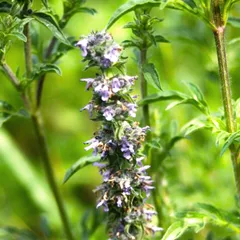
Jing Jie is an assistant ingredient in Wan Dai Tang. This means that it either serves to reinforces the effect of other ingredients or it moderates their toxicity.
9. Japanese Catnip (Jing Jie)
Part used: Aerial portion and flowers, or the spikes only (in which case it is called Jing Jie Sui)
Nature: Neutral
Taste(s): Pungent
In general Jing Jie's main actions are as follows: "Relieves the Exterior and disperses Cold or Heat depending on the other herbs used. Releases the Exterior for measles. Stops bleeding. Abates swellings."
In the context of Wan Dai Tang, it is used because it smooths Qi and Blood interaction and thereby harmonize the Liver and the Spleen. .
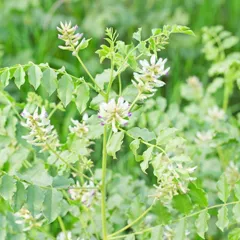
Gan Cao is an envoy ingredient in Wan Dai Tang. This means that it directs the formula towards certain area of the body and/or harmonizes the actions of other ingredients.
10. Liquorice (Gan Cao)
Part used: Dried root and rhizome
Nature: Neutral
Taste(s): Sweet
Meridian affinity: HeartLungSpleenStomach
Category: Tonic herbs for Qi Deficiency
Gan Cao assists the chief herbs in tonifying the Middle Burner and harmonizes the actions of the other ingredients.
Conditions and patterns for which Wan Dai Tang may be prescribed
It's important to remember that herbal formulas are meant to treat patterns, not "diseases" as understood in Western Medicine. According to Chinese Medicine patterns, which are disruptions to the body as a system, are the underlying root cause for diseases and conditions.
As such Wan Dai Tang is used by TCM practitioners to treat two different patterns which we describe below.
But before we delve into these patterns here is an overview of the Western conditions they're commonly associated with:
Abnormal vaginal discharge Preeclampsia Otitis media Tinnitus Impotence Subdural hematoma Rhinitis Chronic gastritis Hepatitis Colitis Chronic bacillary dysentery Chronic pyelonephritis Nephritis Proteinuria
Again it wouldn't be correct to say "Wan Dai Tang treats abnormal vaginal discharge" for instance. Rather, Wan Dai Tang is used to treat patterns that are sometimes the root cause behind abnormal vaginal discharge.
Now let's look at the two patterns commonly treated with Wan Dai Tang.
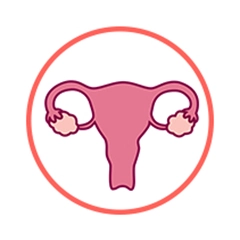
The Uterus is a so-called "Extraordinary" Organ. Learn more about the Uterus in Chinese Medicine
Damp-Phlegm in the Uterus
Pulse type(s): Slippery (Hua)
Symptoms: Edema Nausea Oedema Fatigue Obesity Dizziness Moodiness Amenorrhea Overweight Depression Late period Infertility Heavy limbs Loose stools Listlessness Palpitations Ovarian cysts Sputum throat Lack strength Scanty periods Ovarian myomas Chest fullness Vagina discharge Phantom pregnancy Shortness of breath Sore and weak limbs Lower abdominal pain Abodominal heaviness Dull-pale complexion Pale menstrual blood Dizziness or vertigo Feeling of heaviness Thick menstrual blood Sticky menstrual blood Brown vaginal discharge Polycystic ovary syndrome Excessive vaginal discharge Feeling of heaviness of body Menstruation decreases gratually Feeling of oppression of the chest
Wan Dai Tang is sometimes prescribed by TCM practitioners to treat Damp-Phlegm in the Uterus. This pattern leads to symptoms such as late period, amenorrhea, scanty periods and lower abdominal pain. Patients with Damp-Phlegm in the Uterus typically exhibit slippery (Hua) pulses.
Whenever the body has Dampness or Phlegm, the Spleen is always the first Organ to be checked, because it is responsible for Body Fluids metabolism. The Spleen transforms, transports, and distributes drinks along with food Essence and Grain Qi.
When these functions are impaired, Damp-Phlegm forms... read more about Damp-Phlegm in the Uterus

The Spleen is a so-called "Zang" Organ. Learn more about the Spleen in Chinese Medicine
Spleen Deficiency
Pulse type(s): Weak (Ruo)
Tongue coating: Thick white coating
Tongue color: Pale
Symptoms: Edema Tiredness Dull face Sore back Depression Cold limbs Amenorrhea Weak Limbs Loose stools Poor appetite White vaginal discharge Sticky vaginal discharge
Wan Dai Tang is sometimes prescribed by TCM practitioners to treat Spleen Deficiency. This pattern leads to symptoms such as sticky vaginal discharge, tiredness, depression and cold limbs. Patients with Spleen Deficiency typically exhibit weak (Ruo) pulses as well as a pale tongue with thick white coating.
Formulas similar to Wan Dai Tang
Bu Zhong Yi Qi Tang is 50% similar to Wan Dai Tang
Liu Jun Zi Tang is 40% similar to Wan Dai Tang
Jia Wei Xiao Yao San is 40% similar to Wan Dai Tang
Xiao Yao San is 40% similar to Wan Dai Tang
Chai Hu Shu Gan San is 40% similar to Wan Dai Tang
Ba Zhen Yi Mu Tang is 40% similar to Wan Dai Tang

